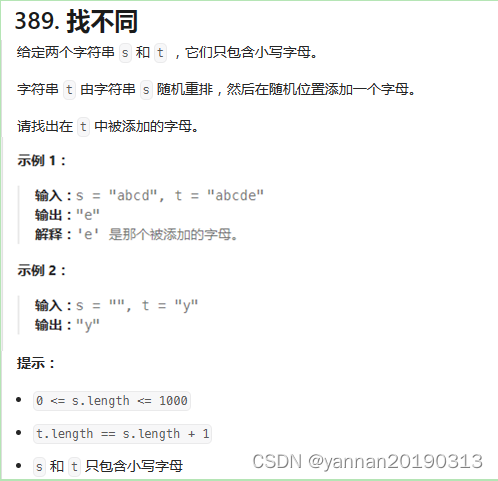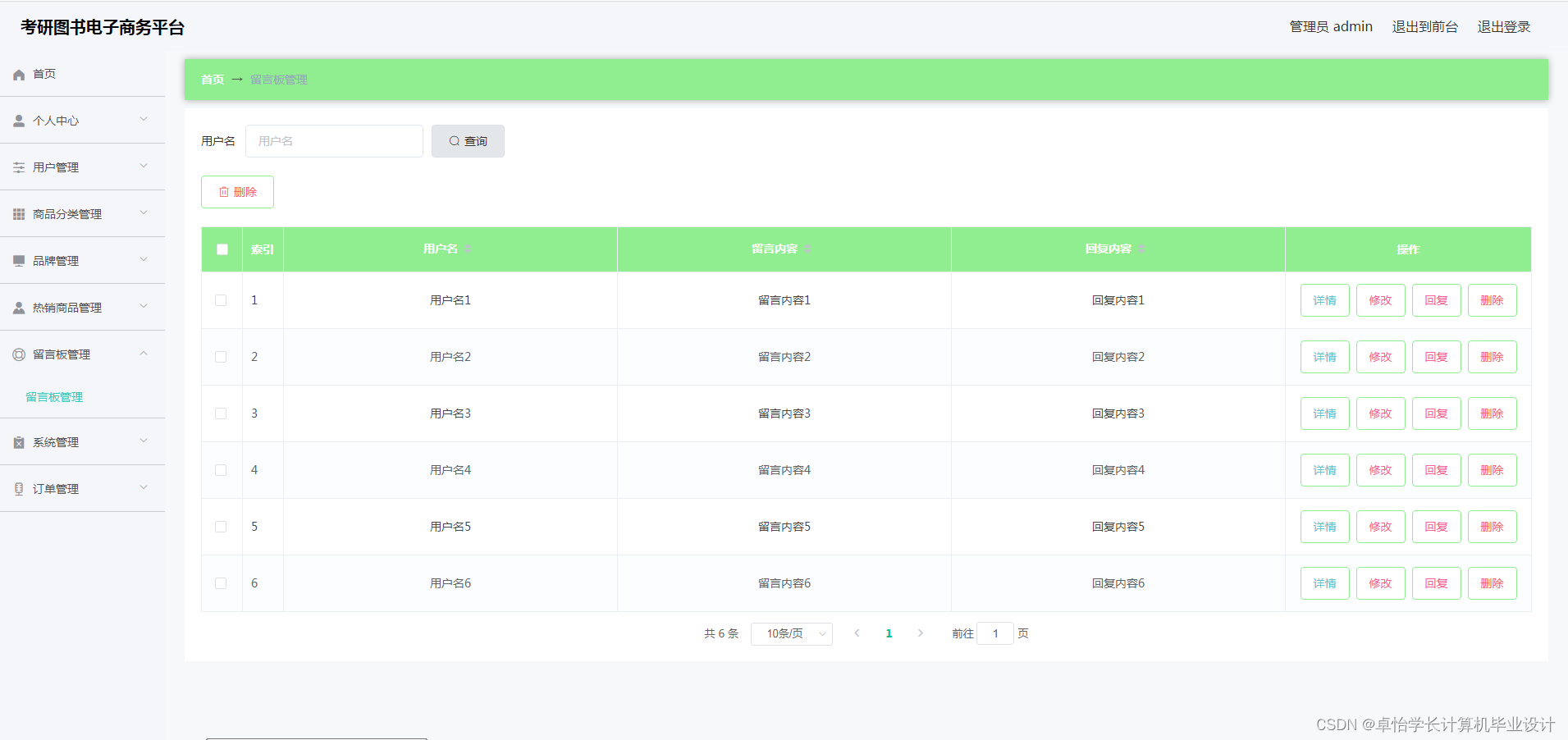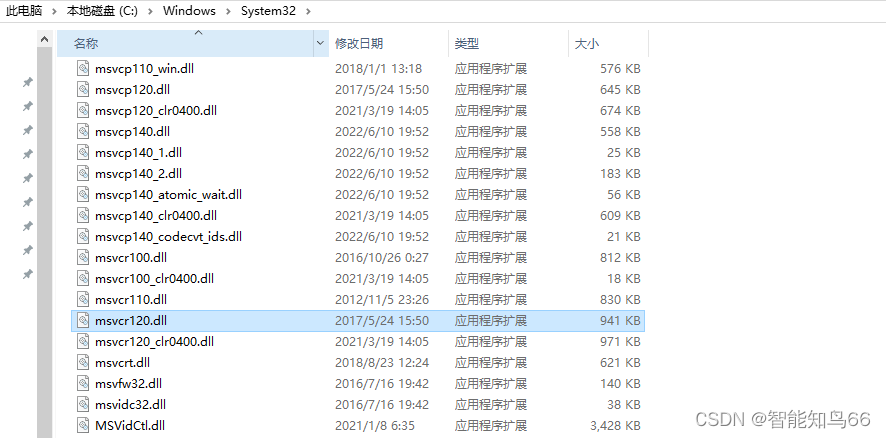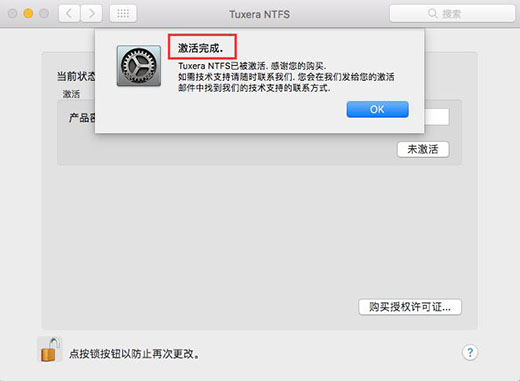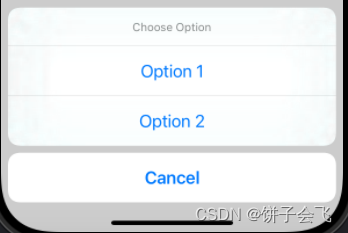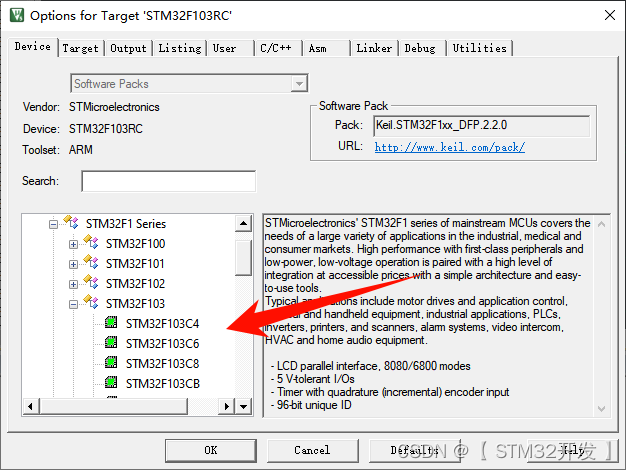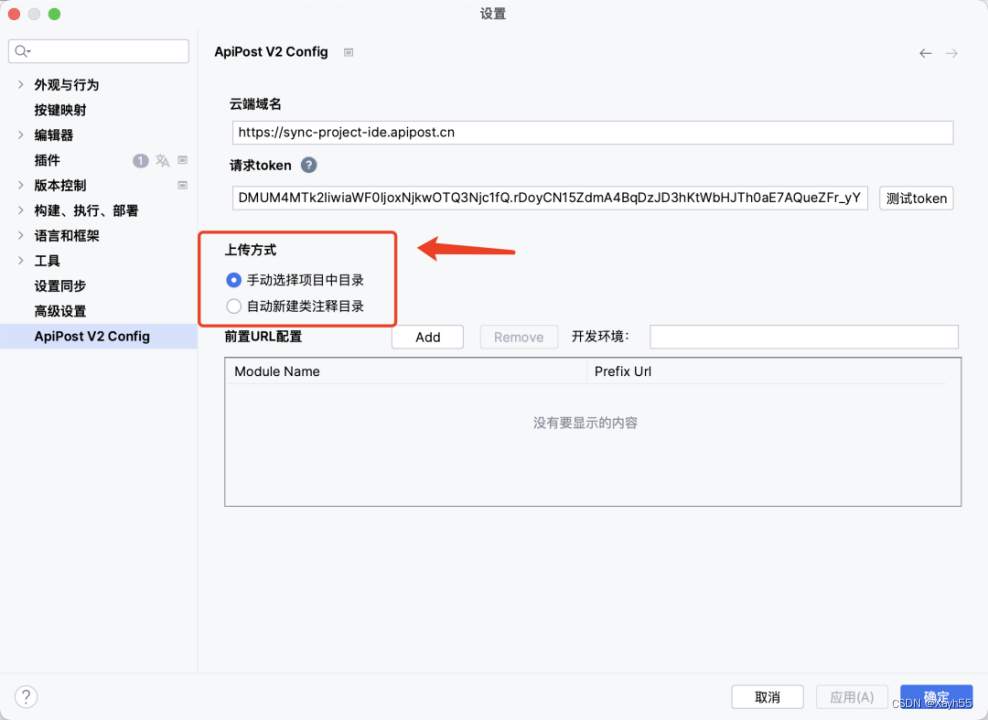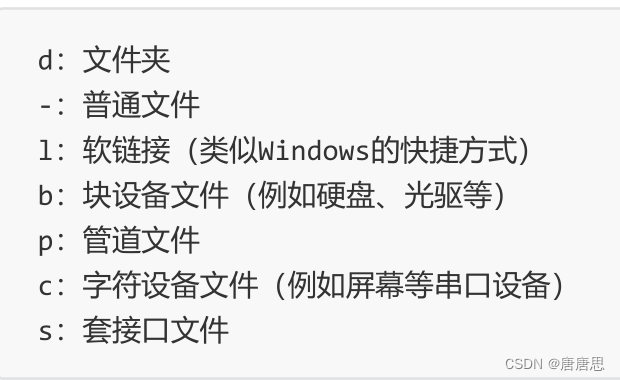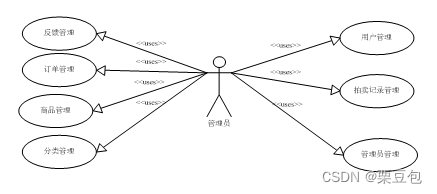【力扣题】题目描述:
【Python3】代码:
1、解题思路:使用计数器分别统计字符串中的元素和出现次数,两个计数器相减,结果就是新添加的元素。
知识点:collections.Counter(...):字典子类,计数器,统计各元素及出现次数。
list(...):转为列表。
列表[索引]:获取列表中索引号对应的元素。
class Solution:
def findTheDifference(self, s: str, t: str) -> str:
from collections import Counter
tdict, sdict = Counter(t), Counter(s)
res = tdict - sdict
return list(res)[0]2、解题思路:分别将两个字符串转为列表并排序,依次比对元素是否相同,不同则t中的该元素为新添加的元素。
知识点:列表.sort():在原列表的基础上将元素按从小到大排序,不生成新列表。
列表[-1]:获取列表中最后一个元素。
class Solution:
def findTheDifference(self, s: str, t: str) -> str:
n = len(s)
slist, tlist = list(s), list(t)
slist.sort()
tlist.sort()
for i in range(n):
if tlist[i] != slist[i]:
return tlist[i]
return tlist[-1]3、(1)解题思路:使用一个长度为26的列表,依次记录26个字母在两个字符串中出现次数。字符串s中字母增加列表中对应计数,字符串t中字母减少列表中对应计数。最终计数为-1的为t中新添加的元素。
知识点:len(...):获取序列的长度,即有多少个元素。
ord(...):将字符转为ASCII或Unicode数值。
列表.index(...):获取某元素在列表中的索引号。
chr(...):将ASCII或Unicode数值转为字符串。
class Solution:
def findTheDifference(self, s: str, t: str) -> str:
alist = [0] * 26
n = len(s)
for i in range(n):
alist[ord(s[i]) - ord("a")] += 1
alist[ord(t[i]) - ord("a")] -= 1
alist[ord(t[-1]) - ord("a")] -= 1
res = alist.index(-1) + ord("a")
return chr(res)
也可先统计字符串s中各字母的个数,再遍历字符串t,字符串t中字母减少列表中对应计数,一旦计数小于0即为t中新添加的元素。
class Solution:
def findTheDifference(self, s: str, t: str) -> str:
alist = [0] * 26
for x in s:
alist[ord(x) - ord("a")] += 1
for y in t:
alist[ord(y) - ord("a")] -= 1
if alist[ord(y) - ord("a")] < 0:
return y(2)解题思路:使用一个字典记录各元素及其个数,字符串s中字母增加字典中对应的值,字符串t中字母减少字典中对应的值。最终值为-1的为t中新添加的元素。
知识点:collections.defaultdict(...):字典子类,参数为工厂函数,若某键不存在,则调用工厂函数返回默认值。例如:collections.defaultdict(int),若某键不存在,则值默认为0。
字典[键]:获取字典中某键对应的值,或修改键对应的值:字典[键]=值。
class Solution:
def findTheDifference(self, s: str, t: str) -> str:
from collections import defaultdict
idict = defaultdict(int)
n = len(s)
for i in range(n):
idict[s[i]] += 1
idict[t[i]] -= 1
idict[t[-1]] -= 1
for x in idict:
if idict[x] == -1:
return x也可先统计字符串s中各字母的个数,再遍历字符串t,字符串t中字母减少字典中对应的值,一旦计数小于0即为t中新添加的元素。
class Solution:
def findTheDifference(self, s: str, t: str) -> str:
from collections import defaultdict
idict = defaultdict(int)
for x in s:
idict[x] += 1
for y in t:
idict[y] -= 1
if idict[y] < 0:
return y也可使用计数器直接获得字符串s中字母及其个数,再遍历字符串t,字符串t中字母减少计数器中对应的值,一旦计数小于0即为t中新添加的元素。
class Solution:
def findTheDifference(self, s: str, t: str) -> str:
from collections import Counter
adict = Counter(s)
for x in t:
adict[x] -= 1
if adict[x] < 0:
return x4、解题思路:分别获取两个字符串中元素的ASCII或Unicode数值的和,再相减,即为新添加的元素。
知识点:sum(...):求和。
ord(...):将字符转为ASCII或Unicode数值。
chr(...):将ASCII或Unicode数值转为字符串。
class Solution:
def findTheDifference(self, s: str, t: str) -> str:
ssum = sum(ord(x) for x in s)
tsum = sum(ord(y) for y in t)
return chr(tsum - ssum)也可以依次按照字符串中对应位置(相同索引号),加上字符串t中字母的ASCII或Unicode数值,并减去字符串s中字母的ASCII或Unicode数值,最终的数值即为新添加的元素对应的数值。
class Solution:
def findTheDifference(self, s: str, t: str) -> str:
res = ord(t[-1])
n = len(s)
for i in range(n):
res += ord(t[i]) - ord(s[i])
return chr(res)5、(1)解题思路:将两个字符串拼接起来,依次将字母转为ASCII或Unicode数值,再进行位运算。
知识点:字符串+字符串:将两个字符串拼接成1个字符串。
a ^ b: a与b进行异或运算(相同为0,不同为1)。
class Solution:
def findTheDifference(self, s: str, t: str) -> str:
for x in s+t:
res ^= ord(x)
return chr(res)也可以两个字符串拼接返回迭代器,再依次进行位运算。
知识点:itertools.chain(可迭代对象1, 可迭代对象2, ...):返回一个迭代器,包含所有可迭代对象的内容。
class Solution:
def findTheDifference(self, s: str, t: str) -> str:
import itertools
res = 0
for x in itertools.chain(s,t):
res ^= ord(x)
return chr(res)可进一步使用Python内置函数完成。
知识点:map(函数, 可迭代对象):对可迭代对象中元素进行映射,返回一个迭代器。
functools.reduce(函数, 可迭代对象):函数带有两个参数。对可迭代对象中元素依次进行累积操作,获得一个计算结果。
class Solution:
def findTheDifference(self, s: str, t: str) -> str:
from functools import reduce
res = reduce(lambda x,y:x^y,map(ord,s+t))
return chr(res)6、解题思路:遍历字符串s,将字符串s中的字母依次从字符串t中去除,剩余的即为新添加的元素。
知识点:字符串.replace(旧值, 新值, 替换最大次数):字符串中某字符替换成新的字符。字符串为不可变类型,若要获得替换后的字符串需赋值。
class Solution:
def findTheDifference(self, s: str, t: str) -> str:
n = len(s)
for i in range(n):
t = t.replace(s[i],"",1)
return t